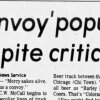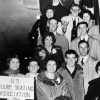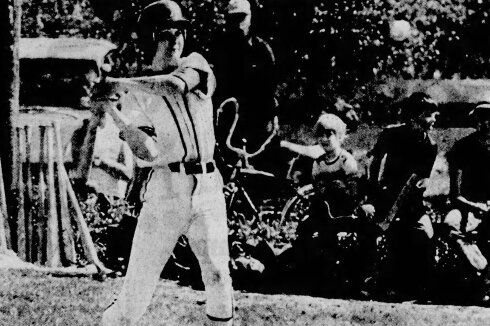GRAND RAPIDS, Minn. — John Kelsch gestures at a waist-high pedestal with a black top.
It's empty, and that's the point. This was the scene of a crime.
ADVERTISEMENT
"This is where they were stolen, right there. They were on this pedestal," he said. "It had a Plexiglas top, just eighth-inch Plexiglas glued at the seams and screwed to the base."
Not many people would want to revisit the worst moment of their life. Fewer would want to do it twice a week, with complete strangers.
Kelsch is clearly not most people.
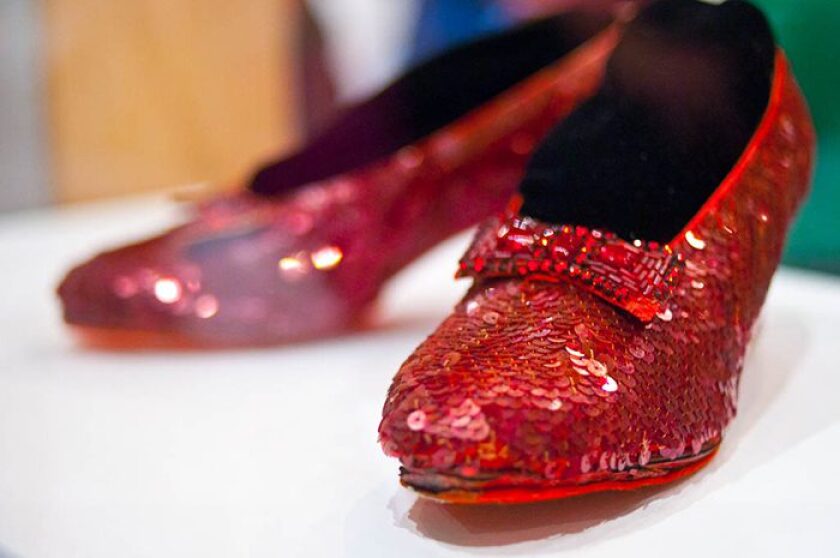
Kelsch, the founding executive director and curator of the Judy Garland Museum in Grand Rapids, now leads regular tours of what was definitively the worst moment in the museum's history: Aug. 28, 2005.
That morning, museum staff discovered the theft of their prized item on display, a pair of Garland's iconic "ruby slippers" from the classic 1939 movie "The Wizard of Oz."
The slippers were recovered by the FBI in a 2018 sting. This January, Terry Jon Martin, a rural Grand Rapids man with a long criminal record, pleaded guilty to the theft — the "one last score" he wanted , his attorney wrote in court filings. Alleged Martin accomplice Jerry Hal Saliterman, of Crystal, is facing trial in federal court on related charges in January 2025.
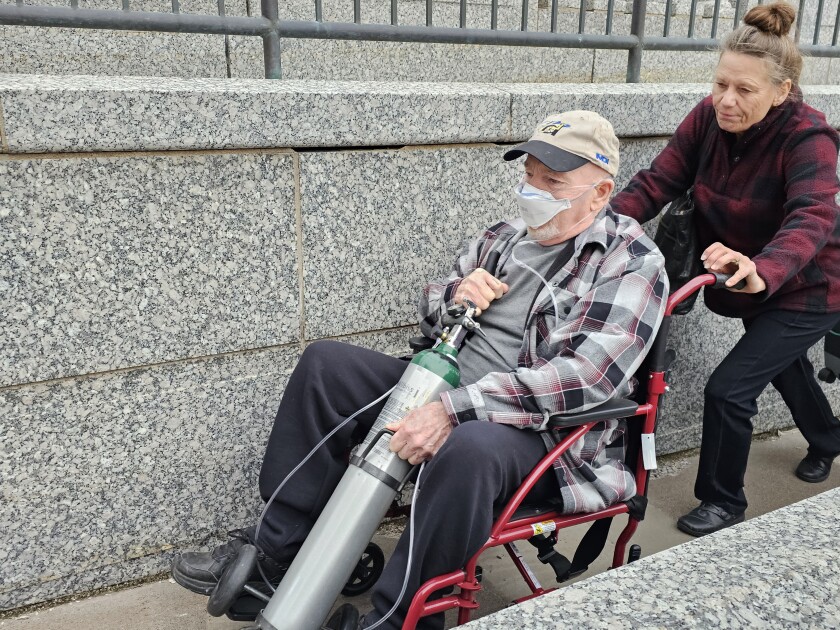
Now the Judy Garland Museum is offering visitors twice-a-week tours about the ruby slipper heist.
ADVERTISEMENT
Kelsch leads the tours personally, taking visitors through the museum and showing them where and how the slippers were stolen, what the scene of the crime was like when Kelsch arrived at the museum the morning of the theft, and what happened after the shoes were stolen.
The theft tour is available for preregistration every week on Fridays and Saturdays and costs $8 with the purchase of a general admission ticket to the museum.
The tour is an inside and very personal look at a heist that sent shock waves through the museum, movie history and art communities, but was devastating to Kelsch and the museum.

Donations dried up, visitor numbers waned, and Kelsch and the museum staff were inundated with rumors and accusations about the theft being an inside job.
The slippers are going up on the auction block in December, where they're expected to sell for multiple millions of dollars. The museum plans to bid on them, with the help of funds from the state of Minnesota, although the price could go sky high.
Their heist only burnishes the pair's value.
The museum started offering the tours in May and they've been a popular addition, said Janie Heitz, who became the museum's executive director in 2021.
ADVERTISEMENT
Visitors, many who had heard about the heist, would ask about it and the slippers. For better or worse, the theft is now a part of the museum's story, too.
"People want to know about the story, and it's part of our museum's history that he built," she said they decided. "We may as well lean into it a bit and embrace it."
Visiting the scene
"What happened was a perfect storm, a comedy of errors on our part," Kelsch said as he guided heist tour visitors through the museum. "You couldn't make up a story like this."
The pedestal that held the shoes stands near the center of the museum's largest display room. Except now some of the items around it are about the the theft itself.

The ruby slippers stolen from the museum are one of four known pairs in the world. Known as "the traveling shoes," they were owned by Hollywood memorabilia collector Michael Shaw, who allowed the museum to put them on display in the summer of 2005, with no written agreement in place, Kelsch said. The museum agreed to pay the premium on a $1 million insurance policy.
Another pair of ruby slippers known as "the people's shoes" are enshrined in the Smithsonian Museum of American History in Washington, D.C., likely surrounded by extensive security. The museum's security around the "traveling shoes" was not so good.
The museum couldn't afford a security guard, but it did have a security system, Kelsch says. Except there were significant gaps in motion detector coverage, and the single security camera pointed at the pedestal wasn't set to record.
ADVERTISEMENT
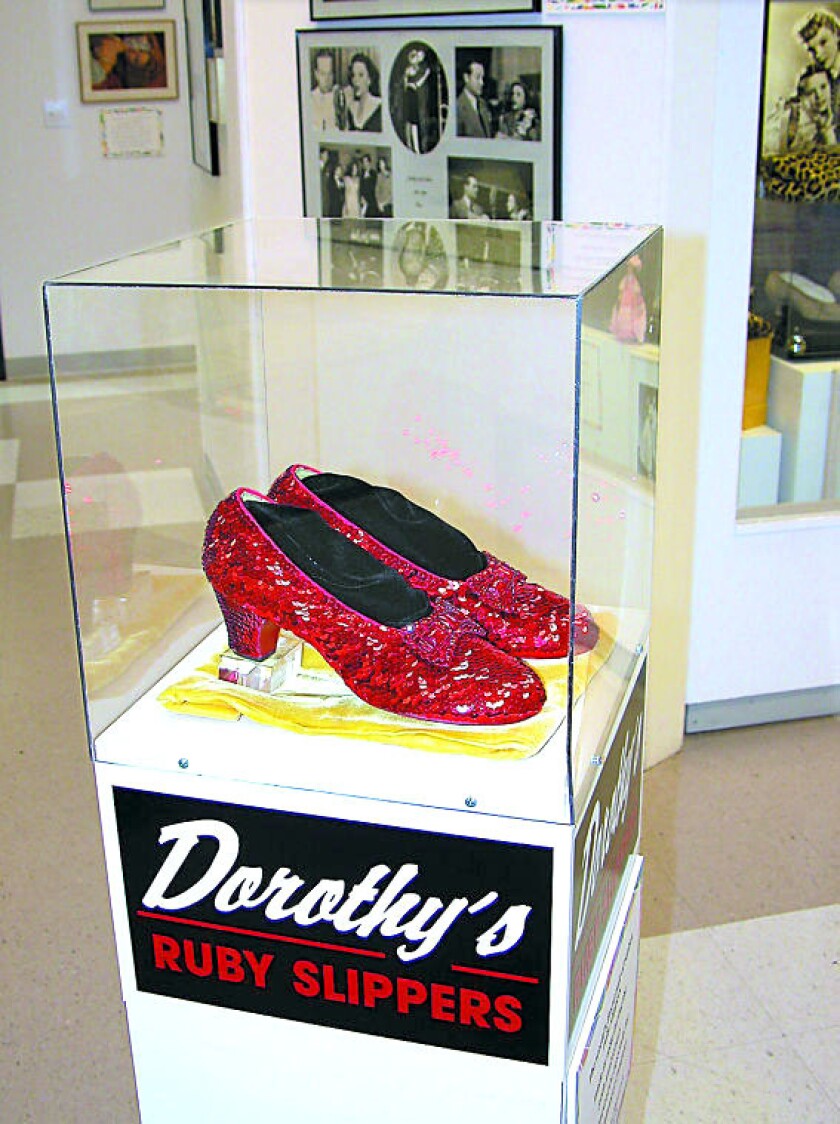
"We were thinking about security, but we're a small town and trusting — there were many lapses in our security," he said.
Kelsch guides tour visitors to the side door where staff found broken glass before noticing the overturned pillar that held the slippers.
"We're going to look at the crime scene here," he said.

The building was new in 2005. There were no sprinklers, and children kept crashing through the emergency exits, setting off alarms. The doors were de-armed, and Kelsch said he thought setting the nightly alarm also re-armed the doors, including the side door (it did not). The view of the entrance was obscured from the road out front, and the door was frequently left open.
According to court documents, this was the door that Terry Jon Martin broke through with a sledgehammer. No alarm went off. Martin took the shoes, knocking over the pedestal and dropping a single red sequin on the floor — a spot now marked on the museum floor.
The sequin was later used to authenticate the recovered slippers.

Kelsch tells visitors about the aftermath, the loss of trust and credibility, the lawsuits for negligence, the drop-off in donations, the accusations, the rumors, the $1 million reward, the moments of false hope, the battle over the insurance claim, the follow-on economic hit from the Great Recession.
ADVERTISEMENT
The years of battles clearly took a toll on Kelsch, whose pain comes through in his telling in this back hallway. After a while, "we just wanted to forget about it," he said.
A tour attendee, Juli Thompson of St. Michael, chimes in with some encouraging words. Thompson's point: There is so much more to the story of the shoes than the heist.
"It's easy to dwell on this piece, but I would hope the community and the museum and yourself as well, with all your experience, would understand it's just a small piece," she said.
Kelsch agrees, and seems determined to continue to tell the story of the shoes.
"We didn't want to talk about it, but now we can," he said. "But after all these years, now that they're found, we can feel better.
"They weren't destroyed."
Getting the slippers back
The ruby slippers stolen from the Judy Garland Museum are going up on the block at Heritage Auctions in December — what is expected to be a high-profile event.
ADVERTISEMENT
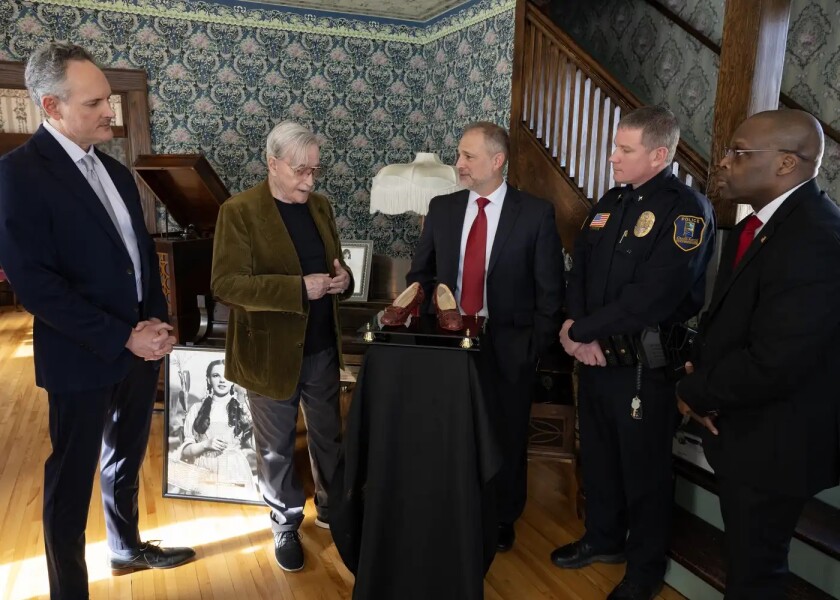
The museum intends to bid for the ruby slippers, hoping to get back their prize item for display, said Heitz, the museum's executive director. But she was tight-lipped about the status of their fundraising.
"John and I are optimistic, I'll just say that," she said.
For his part, Kelsch says he's hopeful: "We're going to be there with our pockets full."
Earlier this year, Minnesota lawmakers approved spending $100,000 to help fill those pockets.
"We’re buying Judy Garland's damn slippers to make sure they remain safe at home in Grand Rapids — on display for all to enjoy — under 24/7, Ocean's 11-proof security," Gov. Tim Walz wrote on social media.
✅And we’re buying Judy Garland's damn slippers to make sure they remain safe at home in Grand Rapids – on display for all to enjoy – under 24/7, Ocean's 11-proof security.
— Governor Tim Walz (@GovTimWalz) May 30, 2024
At the museum's side door, the one that was broken open the night of the theft, Kelsch mentions the Walz message and says the museum's security is now much more extensive.
He tells how the slippers, if returned to the museum, would be displayed in an exhibit behind bulletproof glass, entombed in a safe.
"If we get them, we'll have Fort Knox this time," he said.




